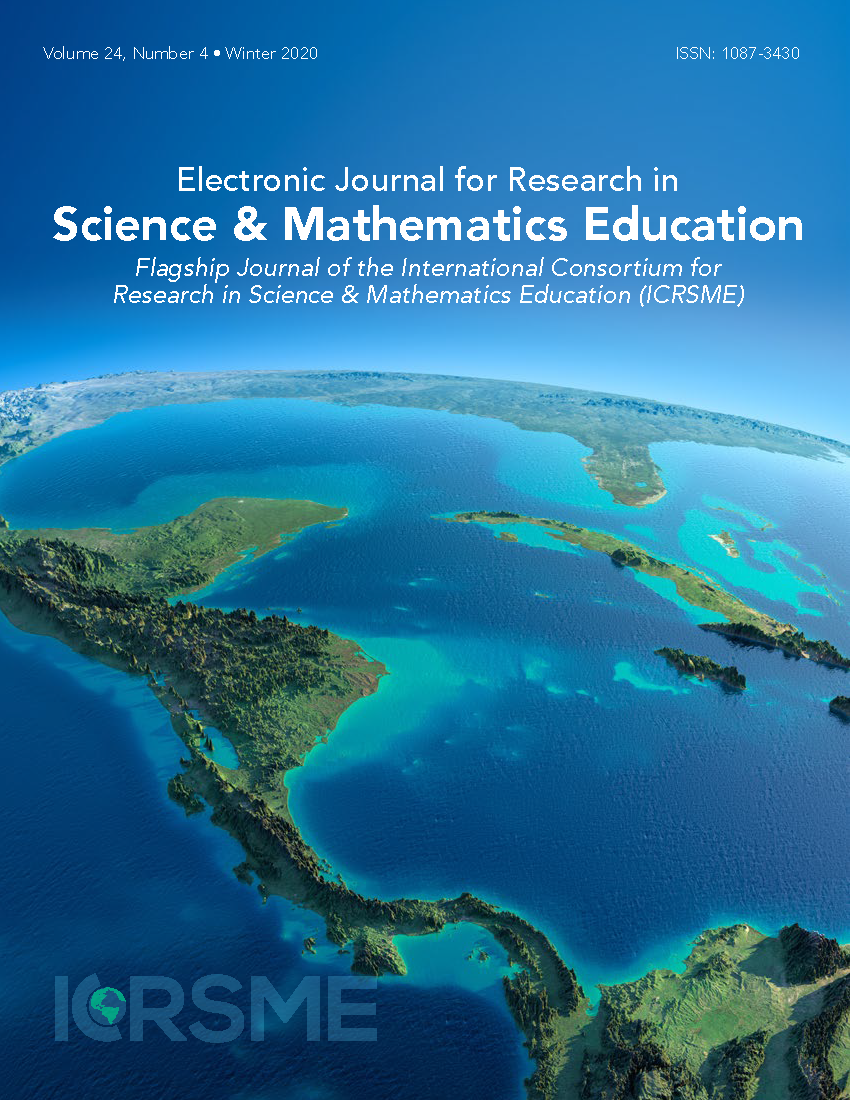Science Instruction in STEM and Non-STEM High Schools
Main Article Content
Abstract
This study compared science instruction in STEM and non-STEM high schools to determine how implementing a STEM instructional design impacts science, a cornerstone of STEM curricula. The goal was to gain insight into how the STEM school structure influenced the implementation of the science curriculum. The multiple case study examined STEM integration, science instruction, and students’ perceptions of science instruction. Results from this study indicate that there are few differences in STEM and non-STEM schools’ science instruction. Technology and mathematics integration were similar between all schools, but STEM schools integrated the engineering design process whereas non-STEM schools did not. This study offers insight into the implementation of STEM education within existing school contexts and constraints.
Article Details
© 2025 Electronic Journal for Research in Science & Mathematics Education (EJRSME)
